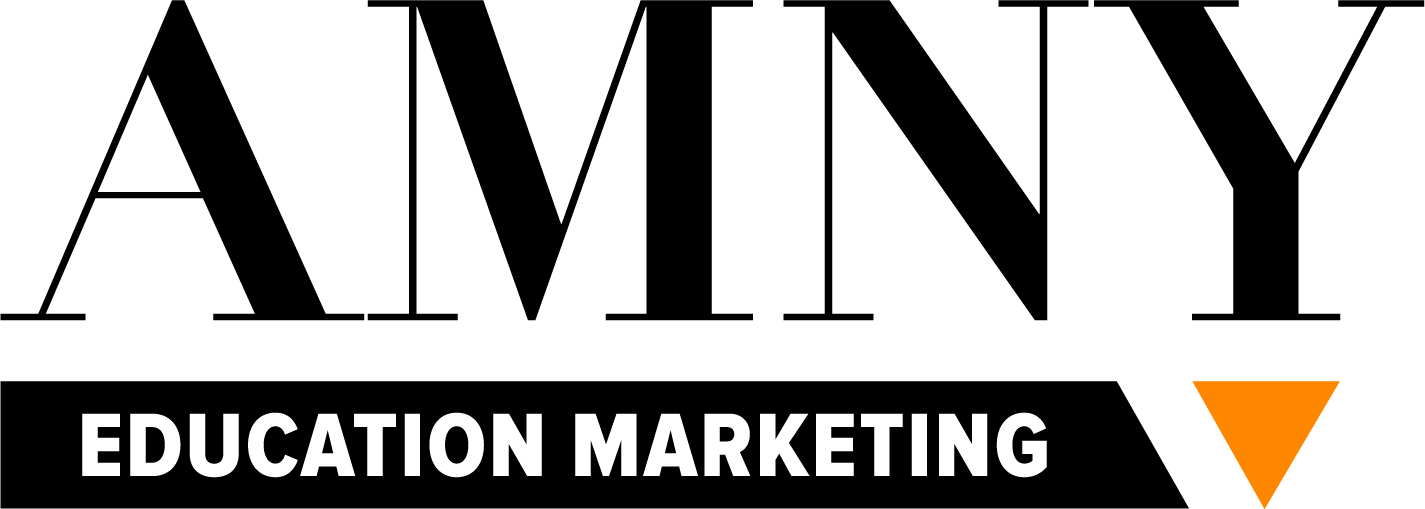
Promoting Accessibility in Higher Ed Marketing
Accessibility in Higher Ed Marketing
Education accessibility is essential to the student experience. It allows them to make the most of their education and take control of their learning. One way institutions can do this is by integrating a hybrid learning environment. Hybrid learning is the process of combining traditional classroom learning with online resources. Here, AMNY Education Marketing provides insights on why accessibility in higher education can enhance marketing efforts.
What Is Accessibility in Higher Ed?
Accessibility involves changing operations to accommodate people with different restrictions and disabilities. When it comes to higher education, accessibility means changing educational processes to cater to learners of many types. For example, students with disabilities require unique educational standards. They may receive more time on tests, hearing-assisted devices, and other tools to help bring a fair, similar learning environment for all students.
However, education accessibility doesn’t just cover those with physical disabilities. It also involves those with mental health problems. Many of today’s students deal with mental health and must have an education that meets their needs.
In addition, accessibility can cater to those without disabilities and have restrictions for attending classes. Some students have many other obligations to attend to outside of school, like work or family. Making education accessible to this audience is just as important.
Hybrid Learning Environments and Accessibility
One of the best ways higher education institutions can cater to students with disabilities and restrictions is by implementing a hybrid learning environment. Hybrid learning combines traditional classroom teaching with online learning. This allows students to learn at a pace that works best for them. It also lets students take different learning approaches to their education, enabling them to try different learning styles and preferences.
Blending online learning with in-class resources provides enhanced academic success and student engagement. It offers unique flexibility in student education and allows students to tailor and customize their education to accommodate their needs. Online components can add an interactive element that students may not get in a traditional classroom setting. However, they also have traditional classroom settings to receive learning guidance and assistance.
Hybrid learning environments let students take responsibility for their education. It also teaches them necessary life skills like time management, organization, and self-direction.
Ideas for Personalizing Hybrid Learning Environments
Hybrid learning puts students first in their education, allowing them to engage in an adaptive and student-centric approach. This means facilities must implement ways to personalize hybrid learning and give students all the tools to succeed. For example, higher education facilities can integrate personalized learning platforms. They can use these platforms to receive student feedback and adjust courses to continue meeting student needs.
Institutions should also think about creating accessible digital portfolios and e-portfolios, which allow students to monitor and track their learning goals and progress. They can also use collaborative platforms that let students interact with each other online, similar to how they would in a traditional classroom setting. Many education facilities use online tools like Blackboard to accomplish this.
How Does Accessibility Help Marketing Efforts?
When educational facilities think about accessibility and begin implementing accessibility initiatives, students will take notice. In turn, this can help your marketing efforts. Students love education that’s convenient, simple, and easy to complete. This is especially true if students are already dealing with disabilities and restrictions. The goal of accessibility in education marketing is to make education available to all, meaning higher education institutions must find ways to cater to these students.
Higher education institutions that put accessibility at the forefront of their mission can make students feel seen and heard. It can also give them capabilities to enhance marketing efforts. For example, students love the attractiveness of a hybrid learning environment. It gives them the option to attend classes from anywhere they are while still being able to make connections and receive in-person education.
Higher education facilities should highlight accessibility features, like hybrid learning, in their marketing efforts. This can show students that you truly care about the student experience and their success. It also highlights your flexibility and willingness to work with students with certain disabilities and restrictions. This can help you find success in boosting visibility and enrollment.
Get Assistance With Your Marketing Strategy at AMNY Education Marketing
Higher education institutions require unique marketing approaches to reach a wider audience and cater to their current students. The AMNY Education Marketing understands this, especially in an ever-changing, fast-paced environment like education. We can help higher education facilities across the U.S. enhance their marketing efforts, bring awareness, and encourage students to enroll in their schools. To learn more about accessibility in higher education marketing, contact us today.
